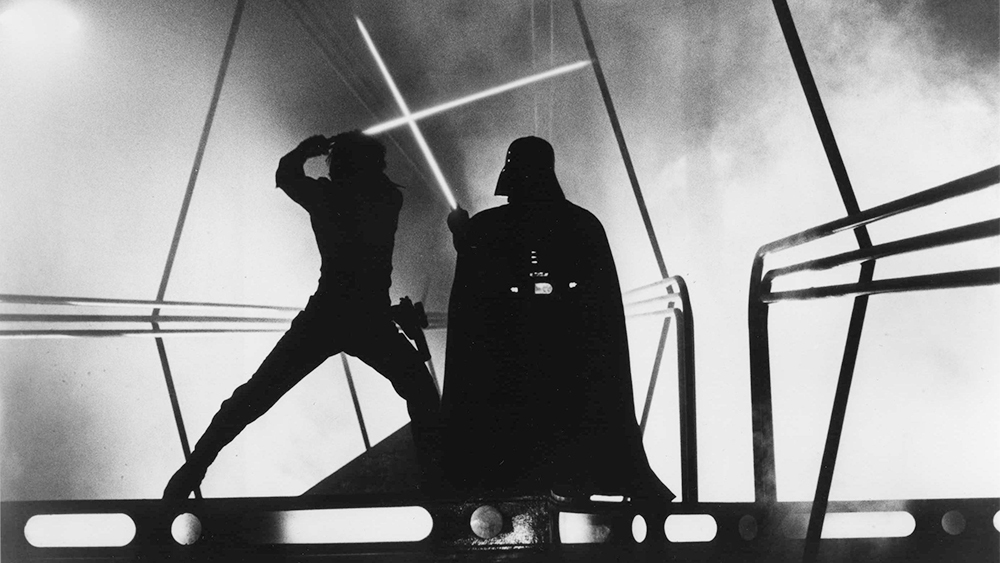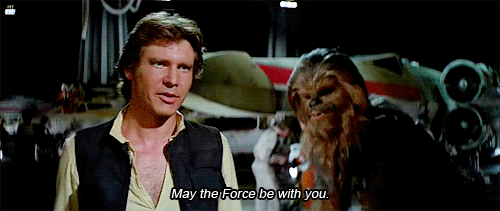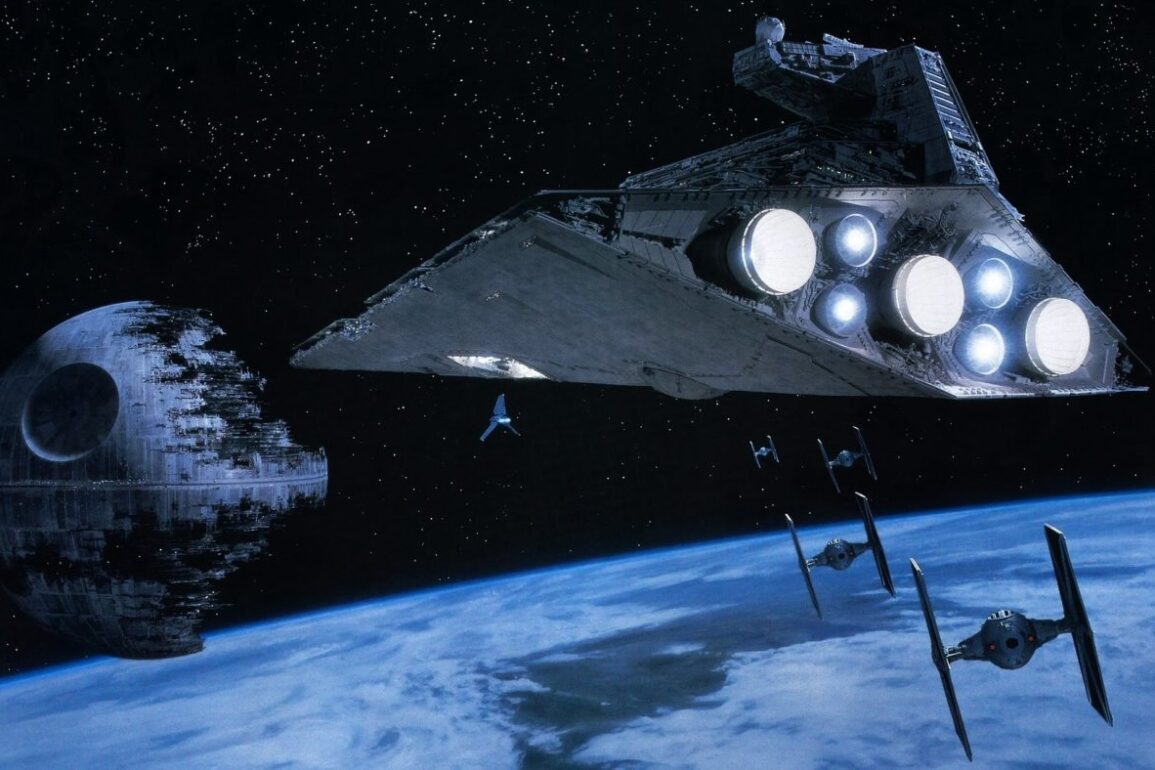The Star Wars is widely considered as the most influential film franchisee in the history of cinema. Multiple generations have grown up with the heroic tales, mighty spaceships, exhilarating battles and extraterrestrial creatures. While the common audience embraced the movies for their sheer entertainment value, critics have often tried to deconstruct the philosophy that transcends the technological marvels. Star Wars is deeply embedded in the popular culture, reflecting both historic and contemporary values and notions. A cultural analysis of the movies may help to comprehend the broad themes that inspired their larger-than-life essence.
Good versus Evil
The original trilogy (A New Hope, The Empire Strikes Back and Return of the Jedi) treated good and evil as absolute entities. The Jedi and the rebels were portrayed as the harbingers of light and prosperity while the Empire was diabolical. The clash between them was of mythological proportions, with faith, redemption and war — all coming together to construct the narrative. This is antithetical to the prequel trilogy (The Phantom Menace, Attack of the Clones and Revenge of the Sith) whose main proposition can be summarized in a single sentence- “Only a Sith deals in absolutes.” The critics have repeatedly pointed out the inconsistencies which tend to make the ideology behind the film self contradictory.
While The Empire Strikes Back is perhaps the best Star Wars movie till now, it was Return of the Jedi that introduced the moral ambiguity through Darth Vader, who had to choose between his faith and his son. But his redemption at the end was quite straightforward. Revenge of the Sith, although an inferior film, first truly captured the gray area between the absolutes. Throughout the movie, Anakin Skywalker went through an emotional turmoil, blurring the lines between good and evil.

The recent installations to the franchisee, The Force Awakens and The Last Jedi, are much improved in this regard. No longer making an effort to preach an idea, the movies leave the judgment to the audience. The recipe behind the success of these films, although the prequel trilogy was lambasted by most, is the perfect amalgamation of the contemporary thoughts with the philosophy of the original trilogy. Kylo Ren, whom the viewers never really condemned in spite of his Vader-ish actions, will definitely be the character to look out for in Episode IX. Giving him a face, unlike Vader who always wore a mask, makes it all the more interesting.
Archetypal Characters
In Luke Skywalker, we have a classic story of the making of a hero. A young boy living in a distant planet with his uncle dreams of becoming a pilot. But his obligation to help his uncle to harvest crops prevents him from realizing his dream. Eventually, meeting a man of wisdom (Obi-Wan Kenobi) and a series of extraordinary events, including the destruction of his home and family, lands Luke in the middle of a War. He chooses the side of the Good (the Jedi and the rebels) and fulfils his destiny of destroying evil. This formulaic presentation of the protagonist struck a chord with the audience. An epic hero, straight out of mythology, in a spectacular setting (Galaxies, spaceships, planets etc.) did the magic.
Han Solo too is a typical character— a rogue with a heart of gold. He is an adventurous but cynical antihero who apparently acts purely out of self interest. But at the end (of A New Hope), he comes to Luke’s assistance out of empathy for his comrade. Solo has a slight touch of a cowboy, relies on his courage to escape tricky situations and is some sort of a womanizer. Princess Leia represents femininity in Star Wars. In the first film, she is depicted as a damsel in distress waiting for a hero to rescue her— a classical way of viewing a female character. Gradually, she is shown to be intelligent and brave, leading the Rebel Alliance and is also the lover of Han Solo. The journey of Anakin Skywalker (light) to Darth Vader (darkness) and ultimate redemption just before his death is mythical as well. The movies also use usual tools of comic relief in R2D2 and C3PO. Similar conclusions can be made about most of the other characters, especially in the original trilogy.
The journey of Anakin Skywalker (light) to Darth Vader (darkness) and ultimate redemption just before his death is mythical as well. The movies also use usual tools of comic relief in R2D2 and C3PO. Similar conclusions can be made about most of the other characters, especially in the original trilogy.
But, instead of diminishing the quality of the movies, these archetypal characters make them relatable and special. While the scale and scope are epic, the characters dwelling in the Star Wars universe are straight out of the collective consciousness of the audience.
Democracy and Totalitarianism
The Empire represents an oppressive military dictatorship in the Star Wars movies. This is perhaps an allusion to Nazi Germany or post-World War II Soviet Union. The formation and rise of the Empire from the ashes of the Republic is also similar to the events in Germany in 1933. The Empire grants no civil liberties and brutally suppresses all voices against it. The homogeneity of appearance and actions of the millions of stormtroopers brilliantly captures how tools of propaganda operate in an undemocratic society. Having said that, the pre-Empire society wasn’t too democratic in the first place. Power resided in the hands of a few bureaucrats and monarchs, although the social condition was way better. Pockets of power were also localized in the hands of rich traders and businessmen. Its fall exposed the intrinsic frailty of the social structure. The Rebels too were hierarchically organized to promote discipline and efficiency of operation. This is perfectly analogous to every revolutionary group in the history of armed struggle against an unyielding regime. Hence, Star Wars’ attempt to advocate democracy as opposed to totalitarianism is not really well highlighted.
Having said that, the pre-Empire society wasn’t too democratic in the first place. Power resided in the hands of a few bureaucrats and monarchs, although the social condition was way better. Pockets of power were also localized in the hands of rich traders and businessmen. Its fall exposed the intrinsic frailty of the social structure. The Rebels too were hierarchically organized to promote discipline and efficiency of operation. This is perfectly analogous to every revolutionary group in the history of armed struggle against an unyielding regime. Hence, Star Wars’ attempt to advocate democracy as opposed to totalitarianism is not really well highlighted.
Gender and Sexuality
Princess Leia is the lone female character in a world of men in the original trilogy. And as discussed before, she conforms to the traits of a traditional female role in those days. Her initial disinterest in men in A New Hope is in stark contrast to her romance with Han Solo later. She needs ‘saving’ now and then by the men in the films, although the makers tried to depict her as an independent woman. And finally, her transition from a fully covered to a scantily clad avatar at Jabba the Hutt’s den in Return of the Jedi remains an iconic image of male fantasy even today. Leia’s mother Padme Amidala, in the prequel trilogy, was even inferior. But, with Rey, The Force Awakens has brought a gender balance to the franchisee. She is the main protagonist who is valiant, seems to have no romantic interests, dresses like a warrior and fights the villains. Rey starts out as a scavenger and her journey is so similar to that of Luke’s in A New Hope, that one wonders whether the film is a sequel or a modern adaptation. Thankfully, the young female fans of Star Wars have found a role model to look up to.
Leia’s mother Padme Amidala, in the prequel trilogy, was even inferior. But, with Rey, The Force Awakens has brought a gender balance to the franchisee. She is the main protagonist who is valiant, seems to have no romantic interests, dresses like a warrior and fights the villains. Rey starts out as a scavenger and her journey is so similar to that of Luke’s in A New Hope, that one wonders whether the film is a sequel or a modern adaptation. Thankfully, the young female fans of Star Wars have found a role model to look up to.
Spirituality
Instead of God, the Star Wars saga has ‘The Force’. And the repeated use of phrases like ‘May the Force be with you’ bears a sharp resemblance to mainstream theology. But critics argue that the concept of Force has more in common with Eastern religions like Hinduism and Buddhism, where spirituality is emphasized unlike Western Christianity.
While the Force is viewed as a divine power, Luke embraced it dogmatically. Logically speaking, he was attracted by the words and a few magical actions of Obi-Wan Kenobi— much like how self-claimed godmen attract followers. It is true that the audience instantly felt connected to it, but a more critical delineation would have reinforced the depth of the films.
Moving over all this brainstorming, Star Wars will remain relevant as long as cinema survives. And like the final scene of The Last Jedi shows, as long as there is a child in the world who sees a lightsaber in a broomstick, gazes at the night sky full of stars and dreams of a better world— the fire will live on.

